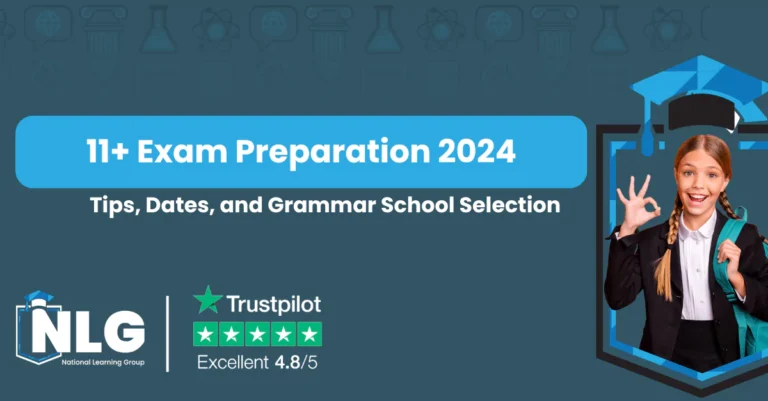Across the UK, parents often ask: what’s the real difference between a teacher and a tutor—and which one does my child need? With changing exam pressures, curriculum demands and varying student needs, understanding the role of each is essential.
What Is a Teacher?
A teacher is a qualified professional who works within a school setting, delivering lessons in line with the national curriculum. They manage classrooms, track student progress, handle behaviour, and contribute to wider school life. In the UK, teachers must hold QTS (Qualified Teacher Status) and undergo regular safeguarding training.
What Is a Tutor?
A tutor provides one-to-one or small-group educational support, often outside of school hours. This might be to reinforce classroom learning, help a child catch up, or stretch a student aiming for top grades. Tutors may be qualified teachers, subject specialists, or academic mentors, and often operate in flexible settings such as online, at home, or in tutoring centres.
Teacher vs Tutor: Side-by-Side Comparison
| Feature | Teacher | Tutor |
|---|---|---|
| Setting | School classroom | Online, in-home, or tutoring centre |
| Curriculum | Follows national syllabus | Supports or extends topics flexibly |
| Group Size | Typically 20–30 students | One-to-one or small groups |
| Flexibility | Limited by school policies | High – tailored to the student |
| Assessment | Standardised testing & school reports | Regular personalised feedback |
Who Might Benefit Most From a Teacher?
- Students needing full access to structured education
- Children who thrive in a social learning environment
- Families seeking free access through the state system
When Is a Tutor the Right Choice?
- When a child is falling behind in a specific subject
- If they lack confidence and need a personalised pace
- During exam preparation (SATs, 11+, GCSEs, A-Levels)
- For pupils with SEND or alternative learning needs
How Tutoring Works
- Initial Consultation: Discuss concerns, goals and subject needs.
- Student Assessment: Informal baseline or topic check.
- Match with a Tutor: Based on expertise and rapport fit.
- Lesson Planning: Bespoke support plan is built.
- Weekly Sessions: Usually 45–60 mins, online or in-person.
- Progress Reviews: Updates for parents and strategy adjustments.
UK Context: Safeguarding and Standards
In England, Wales, Scotland and Northern Ireland, schools follow national or devolved curriculums, and teachers are subject to DBS (Disclosure and Barring Service) checks. Reputable tutoring providers, such as National Learning Group, also require tutors to hold enhanced DBS clearance and experience relevant to the UK system.
Real-World Examples
"We noticed a big difference once tutoring began. Emily used to dread maths—now she’s volunteering answers in class." – Parent, Year 7, Birmingham
"Our son was struggling with comprehension, but his tutor made it click. The one-to-one format suits him perfectly." – Parent, Year 5, Kent
Frequently Asked Questions
Is tutoring better than teaching?
They serve different purposes. Teachers lead full-time education. Tutors provide extra support or challenge tailored to the individual.
Are all tutors qualified?
No. Some are trained teachers; others may be specialists. Always choose a provider that uses vetted professionals with relevant experience and DBS checks.
Can a tutor replace a teacher?
No. Tutors are not a substitute for full-time education, but they can dramatically boost confidence and outcomes when used alongside it.
Choosing What’s Right for Your Child
If your child is managing well in class, a teacher alone may be sufficient. But if they’re struggling, lack motivation, or are aiming high in exams, tutoring may be the added support they need.
Book a free consultation with National Learning Group to explore personalised support options today.







